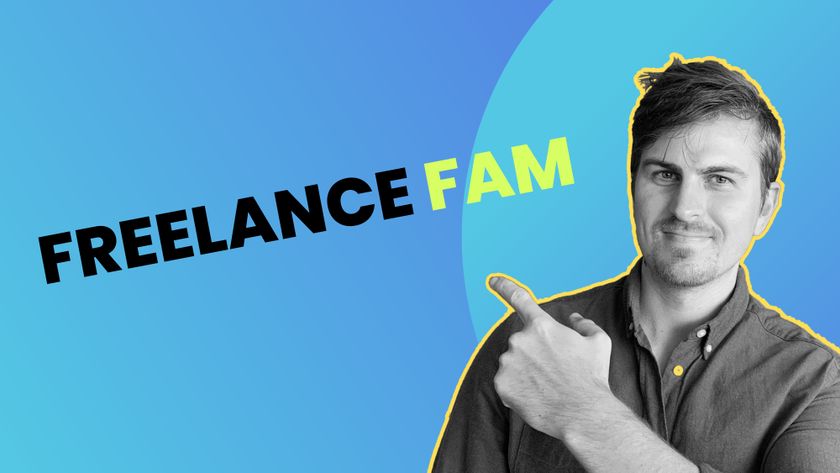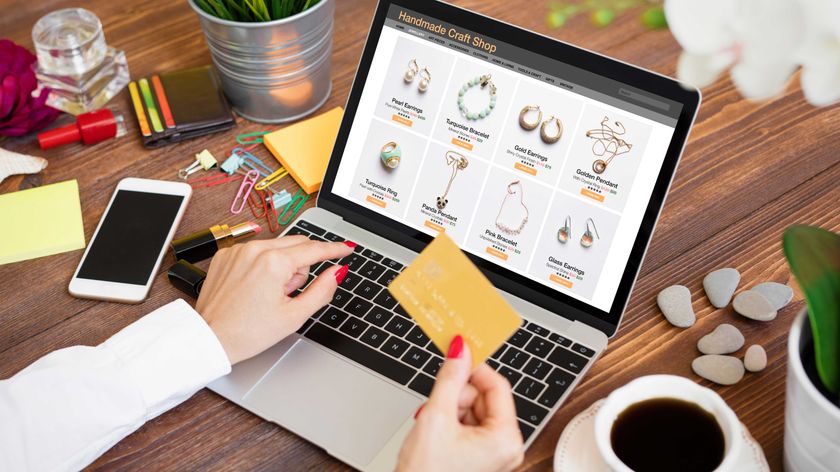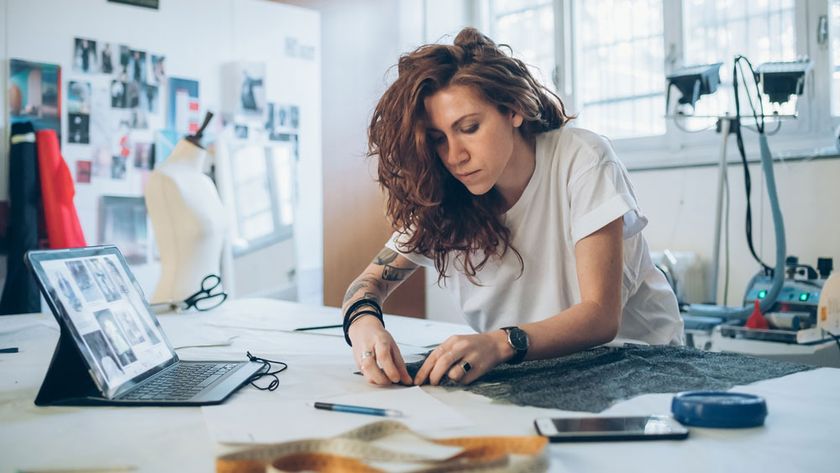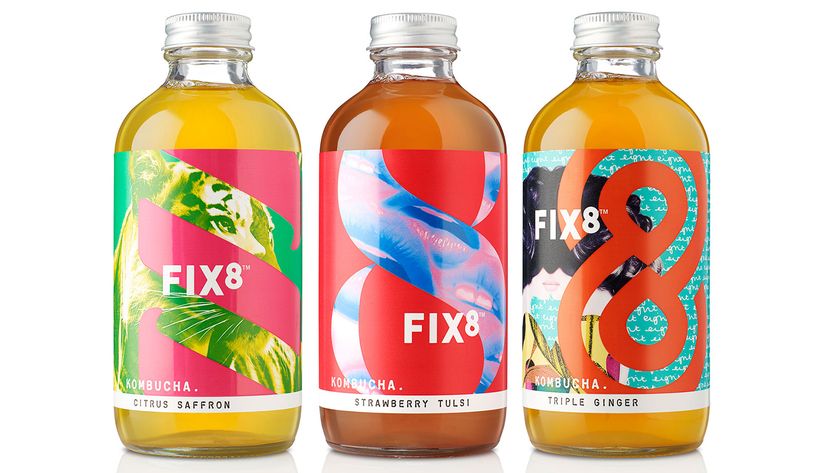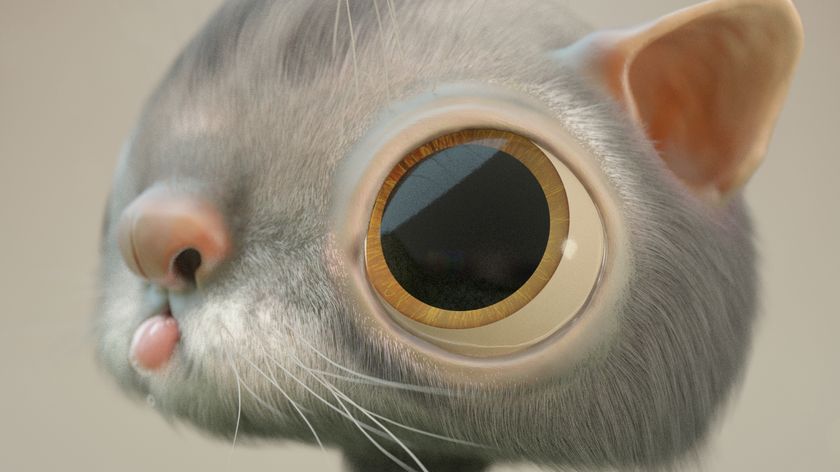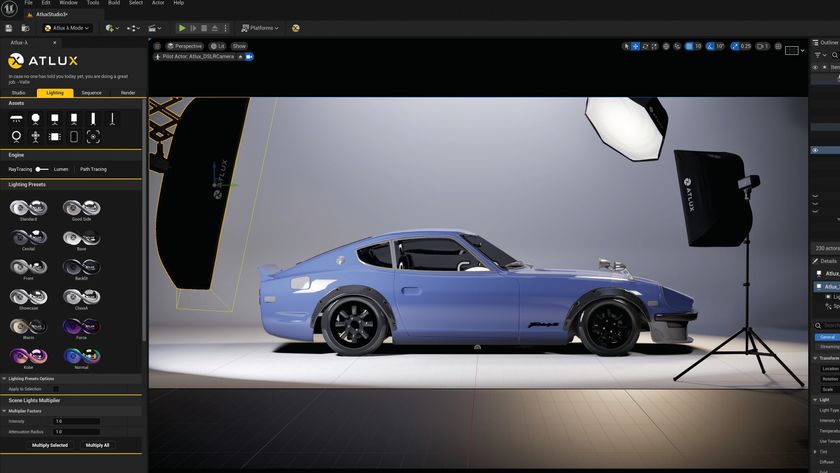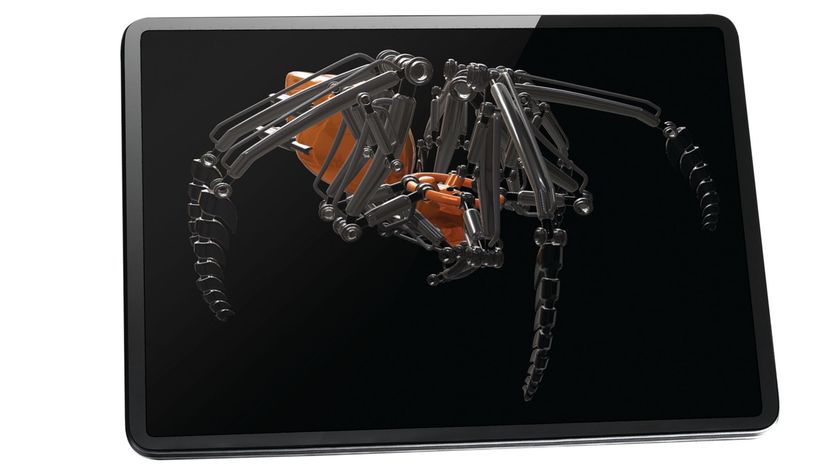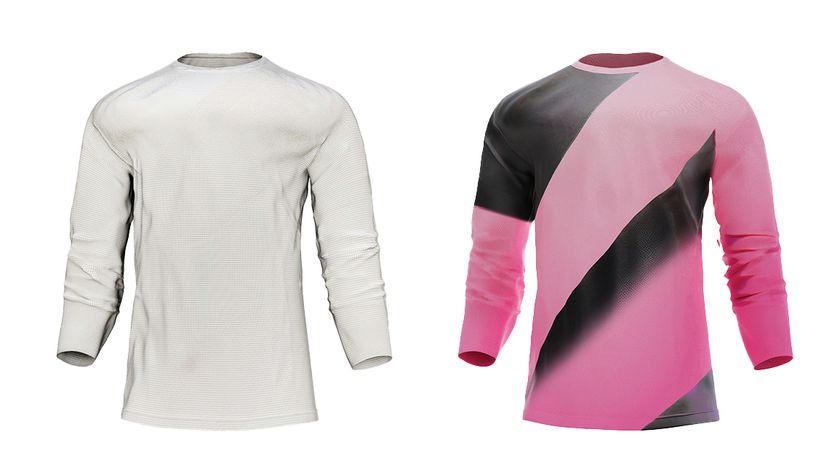6 Kickstarter tips for designers
Discover how to run a successful design campaign on Kickstarter.
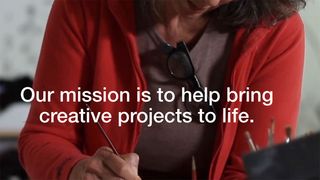
Our mission at Kickstarter is to help bring creative projects to life – and that means supporting, serving, and championing designers, art directors and other creators. As such, this article will hopefully offer Creative Bloq readers a few ideas, and some practical tips, on how to run a successful campaign and a successful design project.
01. Be mindfully selfish
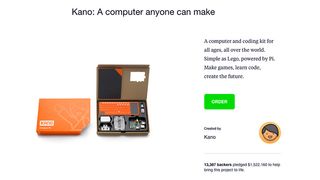
First of all, getting feedback is important. Thinking about your project from the perspective of its users is even more so. One of the reasons the Kano Computer and Coding Kit project is one of my all-time favourites is because it was so user-centric, as well as being so well-executed.
Yet Kickstarter is ultimately a platform for your ideas.
If you're going to put a lot of time into a project, it has be something you really care about. Which is what I mean when I say that one of the most important things for a designer is to be 'mindfully selfish' – in a productive way. Do you what you want to do.
There's risk for creators in launching a project. As well as backers' pledges, they're often putting their own time, money and reputation on the line. So it's only natural and sensible to seek out validation of your idea from others. But the time comes when you just have to decide to believe in yourself, and act.
Almost every creative act is an act of bravery, because you're putting something, putting yourself out there. For applause, or criticism, or failure. But you can't really know what the response will be until you try.
02. Tell the world how much you care, and why

It's essential to imbue your design project with a sense of who you are. And understand that this is part of the gift you give to the people who back you.
The best design projects are acts of shared human understanding. This is only possible if you tell the world how much you care, and why. This is your narrative, your story – and the real difference between your project and the rest.
Beyond the narrative, this exchange of ideas and understanding is what elevates great Kickstarter projects above a transactional or product-based relationship. We find that most of the time, people are backing you not because of an expectation of a material or financial reward. They are backing you because you have an idea they want to see exist in the world.
3. Go in with your heart and your eyes open

There are also tactical, business, and audience awareness elements to many design projects. Creators must remain conscious of and receptive to these. You have to be able to think in terms of spreadsheets and relationships.
In practice, this means knowing exactly how many backers you need to reach your goal, how many people will have to share your project for it to succeed, which friends you can count on to help get the word out, and which friends you may have to persuade a little. None of which will be new to designers with some entrepreneurial experience.
Designers should go into a Kickstarter project with their heart and their eyes open. Know what your costs will be, work out the numbers, and the hours – it may sound dreary but this practicality is actually the bedrock of your creative freedom.
Without a certain degree of discipline regarding, for example, how much time you'll commit to audience development, and knowing how and where you will spend backers' money, projects can go awry.
At the absolute most superficial level, a Kickstarter campaign is about raising money. Which is something designers should never forget. Because what you raise, you will spend, so knowing how you are going to spend it is a big deal.
04. Transparency leads to participation
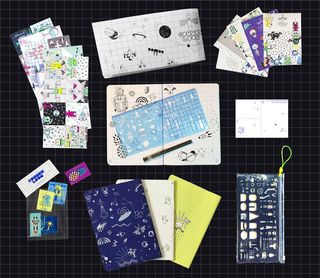
All of the above points, insofar as they pertain to design projects, connect back to a crucial theme: transparency. Being honest about your motivation, why your project matters to you and the world, and knowing what the real-world figures and costs will likely be. These are crucial for a successful campaign, and even more so for a successful project.
Moreover, when you share with your backers, as a creative professional, how much money you're spending on prototyping, what it involves, and why you're doing it that way, you're already exposing them to aspects of product and creative development they're not usually given a chance to learn about, let alone participate in.
Kickstarter is, to a large extent, about allowing more people to participate in a creative process, which they otherwise would not have the time, ability or patience to do.
It's not a one-to- one comparison, but it's a useful analogy to think of the millions of sports fans out there who live vicariously through their favourite athlete on the pitch, on the field, or in the ring.
It means something to a lot of people to be able to say I believed in this person before anyone else did. And it's important to see yourself in the same light. A pioneer, making something new, for others to believe in. Without transparency, though, it can all fall apart.
05. Your campaign is a design project

Another important aspect to consider is that your Kickstarter campaign and project is best treated like any other creative endeavour. After all, your project page is itself a design object. So you should apply the same intensity of communications strategy, design expertise, and creative effort as you would to any other professional goal. You have all the tools already, it's just the mindset that needs equalising – appreciating that a Kickstarter campaign is a design exercise.
If you can challenge yourself in this way, the odds are you will have a superb campaign. This also means thinking seriously about the amount of work that will need to happen during the campaign and project — including what content you'll need to keep up regular and genuinely engaging communications with your backers and your burgeoning community. Not to mention your suppliers and the media.
So it's not a case of setting it up and letting it run. You need to adopt an agile mindset for your own campaign and project – namely: planning, dividing, and delivering it all in smaller chunks. This way you're able to change what you're building, based on what you're learning from your community, while you're building it.
Throughout the project it's best to stay vigilant, iterate quickly, and use all the tools and resources available – including our Creator Handbook and our Creator Basics for Design video series.
6. Find your creative lineage, and learn from it

Kickstarter turned seven this spring, and over the years we've seen a lot of great people deliver a whole host of wonderful campaigns. One of the most useful aspects of the platform is that all that creative history is still right there, at your fingertips via the Discover function.
As a designer, you know that you are doing what you are doing today because of what has come before. I'd encourage everyone to search for and examine similar projects that ran before theirs, because you can learn from that lineage. You can see how ideas have evolved over time on Kickstarter, not only from one campaign to another, but how individual projects have changed in response to feedback and creative input from the community.
I hope this advice has been useful, and I can't wait to see the latest and greatest ideas to emerge from the UK's design community.
And if there's ever anything we might be able to do to help with your project, you can email us at design@kickstarter.com. I suggest following our Design & Technology team on Twitter at @KickstarterDT. We look forward to hearing from you!

Thank you for reading 5 articles this month* Join now for unlimited access
Enjoy your first month for just £1 / $1 / €1
*Read 5 free articles per month without a subscription

Join now for unlimited access
Try first month for just £1 / $1 / €1
Get the Creative Bloq Newsletter
Daily design news, reviews, how-tos and more, as picked by the editors.

